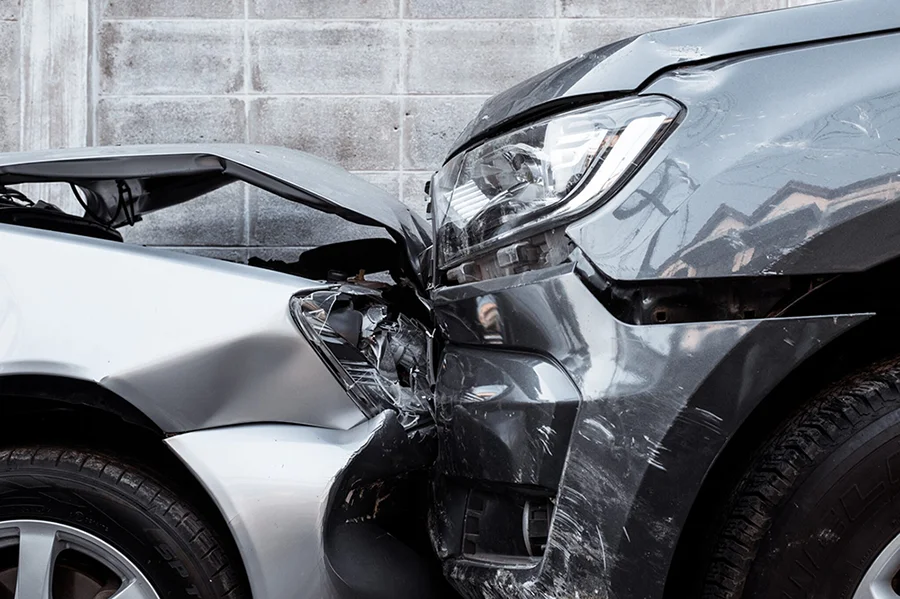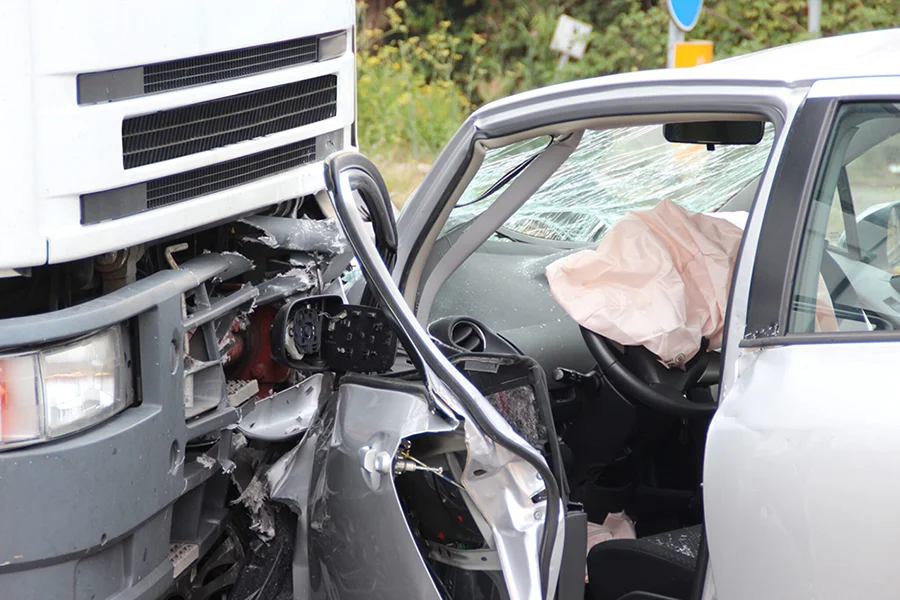What Everyone Should Know About Truck Accident Liability
By: Simon Law | May 27, 2022

Trucking accidents are incredibly complex matters – they involve injuries that tend to be more severe than regular car-on-car accidents and there are usually multiple parties who can be held responsible. Larger and heavier than almost all other cars on the road, trucks require heavy regulation as a common course of business. Deviation from these rules and regulations can lead to devastating consequences for those who share the road with them.
In this blog, we will look at how fault is determined in truck accidents, the common causes of these accidents, who can be found at-fault, and how injured parties can start their fight for justice with the help of specialized personal injury attorneys.
Determining Fault in Truck Accidents
Generally, in cases involving vehicle accidents, fault is determined by three pieces of information: the police report, witness statements, and visuals at the accident site. Ultimately, these pieces of information will culminate in pointing to which factor or person caused or contributed to cause the accident.
First, the police report contains valuable information, including what the officers on-scene observed, statements of the parties involved, a drawn, detailed diagram of the accident, and sometimes a conclusion of what occurred based on the above information.
Second, witness statements, whether included in the police report or not, will support who was at-fault. Statements from witnesses that are unwavering, consistent, and matching up with the evidence on-site, including any video, can provide a liability story better than a police report.
Last, visuals at the accident site are very important not just in determining fault but for the whole of a potential case. Noting where there are tire marks, impacts on the cars, environmental factors, and signs/lights can prove liability when properly documented. Altogether, this information allows the police and attorneys to make an informed decision as to who is at-fault for the accident.
What are the most common causes of truck accidents?
Truck accidents can be caused by the truck itself, the truck’s driver, the cargo and its weight or position, the road being driven on, weather, or other drivers. Because liability determinations can usually be made early on and accidents caused by other drivers will not always result in litigation, the focus of this blog is on truck, truck driver, road, and weather conditions.
Relating to the truck itself and the cargo contained within, accidents can be caused by sub-standard maintenance of the truck, including its brakes, misloaded or overweight cargo and autonomous truck platooning, or the use of radar and GPS technologies to allow driverless trucks to efficiently transport cargo, but at a driving distance between each truck of only 50 feet which is dangerously close.
Accidents caused by the truck driver are usually a result of fatigue due to overwork, driving while intoxicated, reckless driving, or distracted driving. Of course, the roads we drive on are going to dictate the safety of all drivers, so roads that are not well-maintained or are missing important signs to warn of condition changes or turns will lead to accidents.
Lastly, the weather and a truck driver’s response to it are important. All too often, when encountering severe weather, drivers, at the direction of their company, will prioritize profit over safety, leading to accidents in ice, snow, heavy rain, and strong winds.
Potential At-Fault Parties in a Truck Accident Claim
In cases where the injured non-truck driver is not at-fault, multiple other parties can be held liable. Simply determining the truck driver was at-fault is not enough when looking at accident liability – the driver’s logbooks, relevant communications between the company and the driver, and road and weather conditions must be reviewed.
For example, if a truck driver was told to drive through the night to meet a deadline but has already passed the maximum hours per day he can drive, this puts his company at risk for liability if he causes an accident. In another example, a non-truck driver has pulled over to the shoulder after popping a tire. In this area, the shoulder narrows very close to the road. A truck driver, not warned of the narrowing shoulder by a road sign, hits the car and injures the driver. Upon full investigation, the truck driver was unable to control his truck and turn away due to misloading and the weight of the cargo. In this situation, both the truck driver and company would be liable for misloading the cargo and the governmental body responsible for road signs would be liable for failure to install a road sign warning of the narrowing shoulder.
Can multiple parties be at fault for a truck accident?
As noted, multiple parties can be at-fault and these can include the driver, the trucking company, government bodies, and anyone in-between, including truck manufacturers, for issues related to the truck like brakes, and the owner of the cargo, if, for example, it is unreasonably dangerous or misloaded by request.
How to File a Truck Accident Liability Claim
Following an accident caused by a truck, the injured parties typically have five years to file a lawsuit against the liable parties. It is imperative to consult with an attorney immediately after the accident to begin the investigative process, as this can take up valuable time. Further, your attorneys will guide you on what information and physical evidence must be saved and facilitate storage of this.
The trucking accident attorneys at The Simon Law Firm, P.C. are experts at taking on truck drivers, trucking companies, truck manufacturers, and government bodies. Our St. Louis injury attorneys will visit accident sites to understand the environmental factors, review all important documents, including logbooks, police reports, and witness statements, listen and embrace your story and fight to heal, and stand by your side to fight for justice against companies who have endless resources. The Simon Law Firm’s experienced truck accident attorneys have fought for decades on behalf of injured drivers to secure compensation for their wrongfully caused pain and suffering. Contact The Simon Law Firm, P.C. today for a free, confidential consultation.


